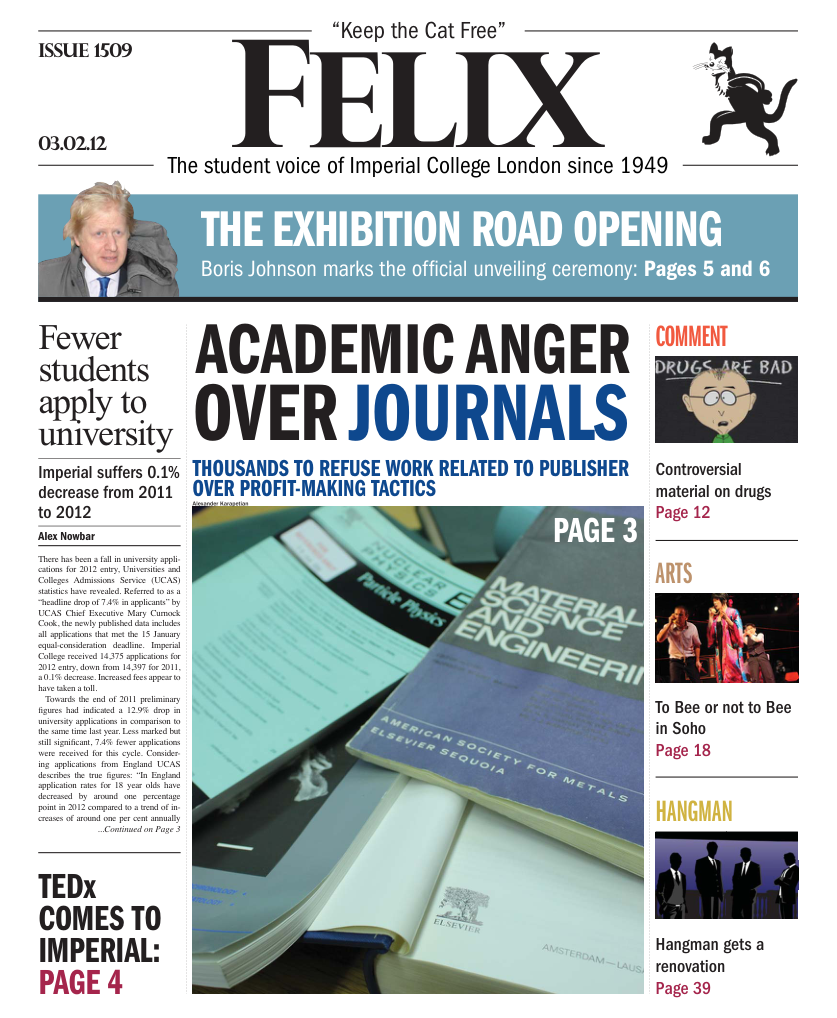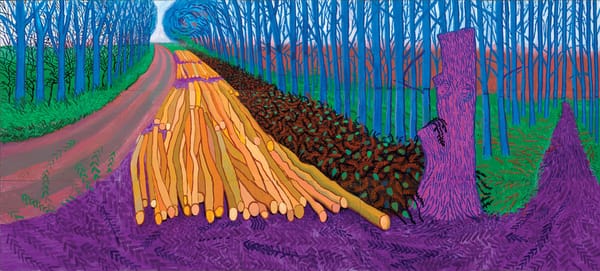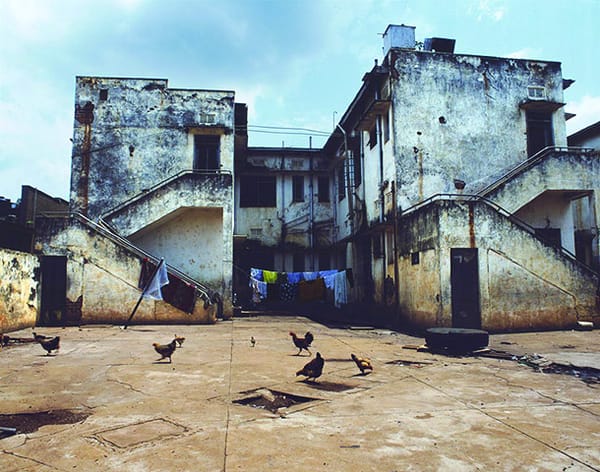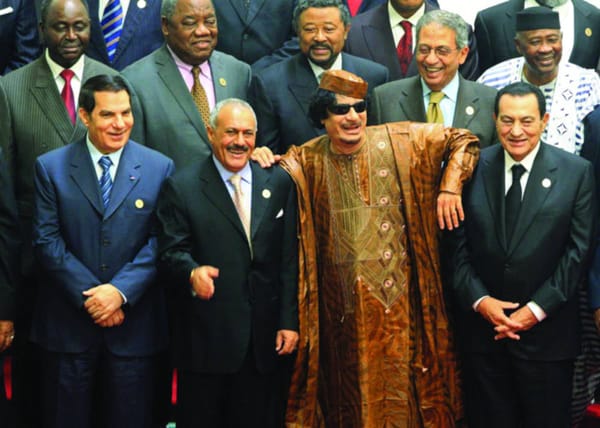Go Hajj or Go Home
Taking a journey to the Heart of Islam
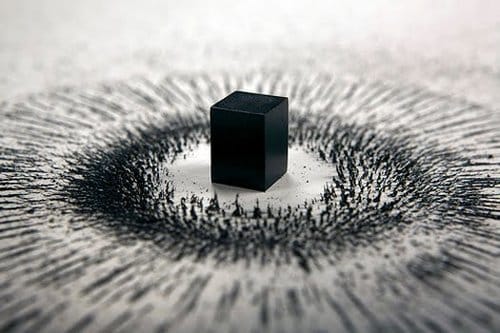
I’d always thought writing opening paragraphs was hard. But no editorial challenge that faces us, here in the Felix office, comes anywhere close to the mammoth task taken on by the British Museum (or, more truthfully, by curator Venetia Porter) in its latest exhibition, Hajj: Journey to the Heart of Islam.
Suitably housed under the domed roof of the Reading Room, the British Museum presents an exploration of the history, culture and experience of the fabled Muslim pilgrimage, Hajj, the first recorded exhibition of its kind. It comes as part of the museum’s study into faith and society: first Book of the Deadin 2010, then Treasures of Heaven last year, analysed the impact of religious belief on the cultures of Ancient Egypt and Medieval Europe respectively. But Hajj is quite a different matter entirely.
An eclectic mix of modern art, antique relics and personal accounts
We’ve all wandered the corridors of museums and peered at little bits of history, each originating from a time quite alien to our own. With Hajj however, it is not some ritual of a bygone age, but rather one of that is present and living. With this in mind, the exhibition is split into three distinct sections, analysing the journey to Mecca, the rituals undertaken whilst at Mecca and finally the experiences of those who have undertaken the pilgrimage. Drawing together an eclectic mix of modern art, antique relics and personal accounts, it aims to give glimpses from throughout the ages into what is arguably the world’s greatest, most enigmatic religious phenomenon.
The exhibition tracks the changing journeys of pilgrims over the history of Hajj, from the four month trip of the Malian King Mansa Musa, travelling from Timbuktu in 1324, to the early package tours runs by Thomas Cook in the 1800’s. Early on, we are confronted by the majestic crimson red mahmal - a ceremonial palanquin, complete with pennants, embroidered with floral patterns and Quranic verses in a velvety black and gold – in which Qu’rans were transported along the way to Mecca. Yet, despite a varied selection of maps, antique Qur’ans and photographs, along with the occasional astrolabe, the collection of items on display feels quite sparse. (It’s interesting to note that may be due in part to the Islamic disapproval of materialism. Broadly speaking, its not in their nature to cherish the kind of items that now make up most of your average museum’s collections, something bemoaned by Shenaz Khemali in her recent article in The Guardian.)
But it wasn’t so much the heritage that I really wanted from Hajj, but rather a greater insight into the wonderment of the spiritual experience. Surely journeying to the heart of Islam hinges on understanding what individually drove just shy of three million Muslims to pilgrimage last year? I doubt it was an antique carpet. But herein lies that challenge taken up by Venetia Porter and co. How do you distil down this simultaneously spiritual and physical spectacle and present it in the form of a museum exhibition, to an audience, the vast majority of whom will never set foot in the holy city of Mecca?
How do you distil down this spiritual and physical spectacle?
The exhibition suffered at times from resembling a three-dimensional textbook, just presenting facts and items in the uninspiring tone of a GCSE religious studies teacher. However it was the personal accounts that, for this reviewer, most successfully revealed that understanding of the wonderment of Hajj. Most touching of all, was the scrapbook account of a ten year old British Muslim girl, recording her account of her Hajj experience, written up in neat hand-writing in the kind of exercise book that is familiar to any student. Ahmed Mater’s Magnetism equally sticks in the mind, representing Hajj, through a Ka’aba-shaped magnet with a crowd of iron filings, all circling in unison. Maybe it was the physicist in me, but the comparison of Islam to an all-pervading, all-uniting field, struck me as more thought-provoking that any of the antiques on display.
Hajj: Journey to the Heart of Islam is a valiant endeavour to wrestle with something so visible, yet so impenetrable. For those who know little of Islam, Hajj gives a thorough account that touches, if only briefly, on almost every shade of the world-wide Muslim community. For the more initiated, I don’t know what else I can suggest, short of conversion.
Hajj: Journey to the Heart of Islam at The British Museum until April 15. Tickets from £12

